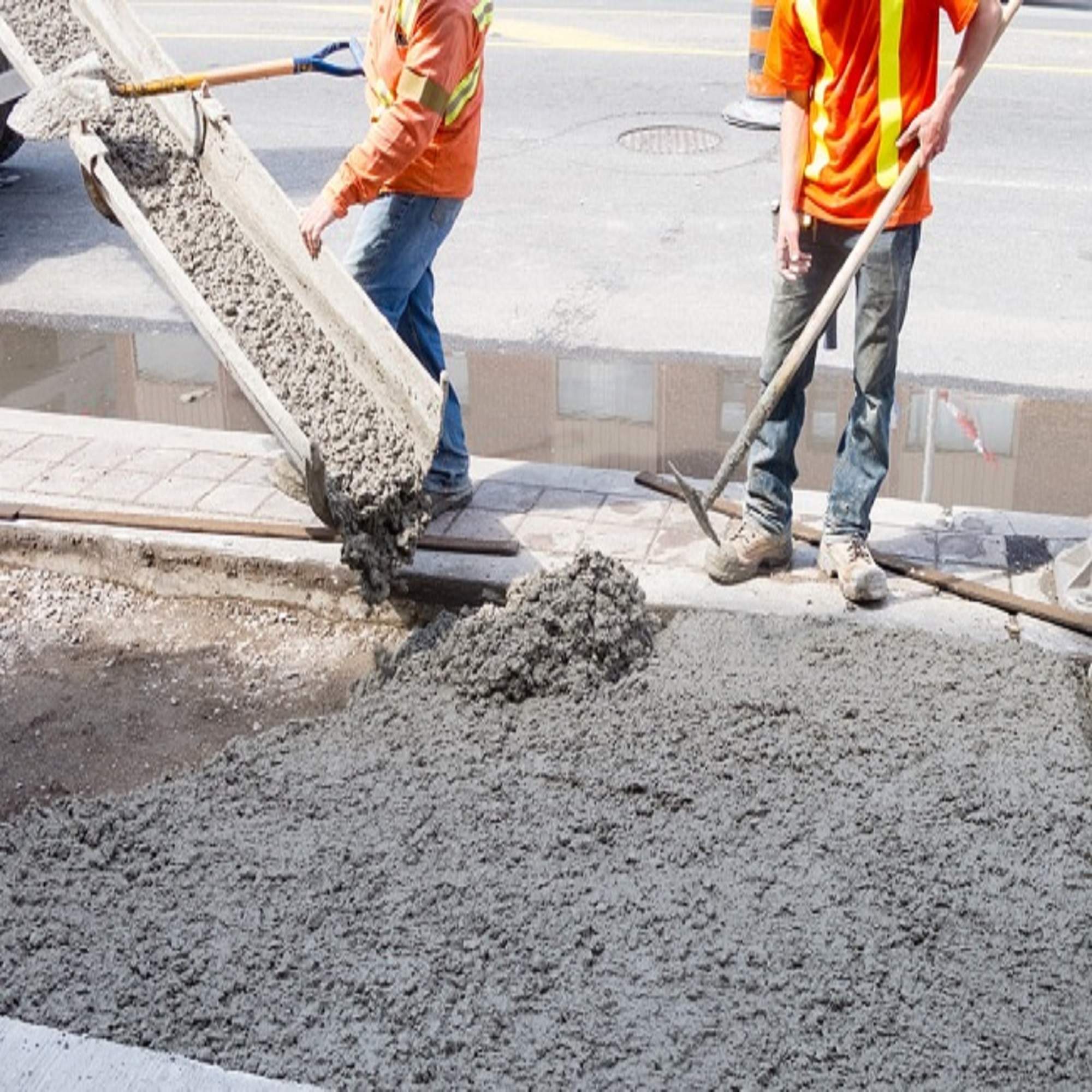
Aggregate Concrete Adelaide has an interesting history. It was introduced to the American market as early as 1904, but it didn’t become widely popular until the 1970s. Today, aggregate concrete seems to be back in style and many builders have switched over from Portland cement concrete to aggregate concrete because of its many benefits over the more traditional variety of concrete. Before you decide on which type of concrete to use on your next building project, make sure you are familiar with all of the differences between aggregate and Portland cement concrete so that you can make an informed decision before beginning work on your project.
Uses of aggregate concrete
1. One of the most common uses of aggregate concrete is in the construction of roads and highways.
2. It is also used in the construction of buildings, bridges, dams, and other structures.
3. In addition, Aggregate Concrete Adelaide is used in the construction of parking lots, sidewalks, and other paved areas.
4. It can also be used for landscaping purposes, such as in the construction of retaining walls and planters.

Some people also use it for driveways or even walkways because it does not have any joints that could collect water, which would eventually lead to problems with mold or mildew growth.
There are a few other uses of aggregate concrete as well: roads, railroad ties, sound barriers, and more!
Comparing the costs of aggregate concrete and other types of concrete
When deciding if aggregate concrete is the right choice for your project, it’s important to compare the costs of different types of concrete. Typically, aggregate concrete is more expensive than other types of concrete. However, the initial cost is not the only factor to consider. The long-term durability and performance of aggregate concrete make it a wise investment that can save you money in the long run. It is also typically less dense than traditional concrete so it requires less material. For these reasons, aggregate concrete has become increasingly popular in the construction industry over the last decade.
Cost benefit analysis
The cost of aggregate concrete varies depending on the materials used and the size of the project. However, it is generally more affordable than other types of concrete. Additionally, aggregate concrete is strong and durable, making it a good choice for projects that require a high level of quality. These benefits make aggregate concrete a great option for many different purposes including roadways, parking lots, sidewalks, foundations and bridge decks.
There are several options when deciding which type of aggregate concrete to use, but most people choose to use crushed stone because it is less expensive and easy to find. Crushed gravel or broken pieces of pavement can also be used as an alternative to crushed stone. When looking at aggregate concrete as an investment, it's important to consider what you will be using the material for and how long you want your investment to last.
Conclusion
In conclusion, Aggregate Concrete Adelaide is a type of concrete made up of cement, water, sand, and gravel. It is a widely used construction material that has many benefits. Some of the benefits include its strength, durability, and affordability. In addition, it can be easily repaired with repair materials. Overall, aggregate concrete is a reliable building material for any project!
Source: Everything You Need to Know About Aggregate Concrete
Comments
Post a Comment